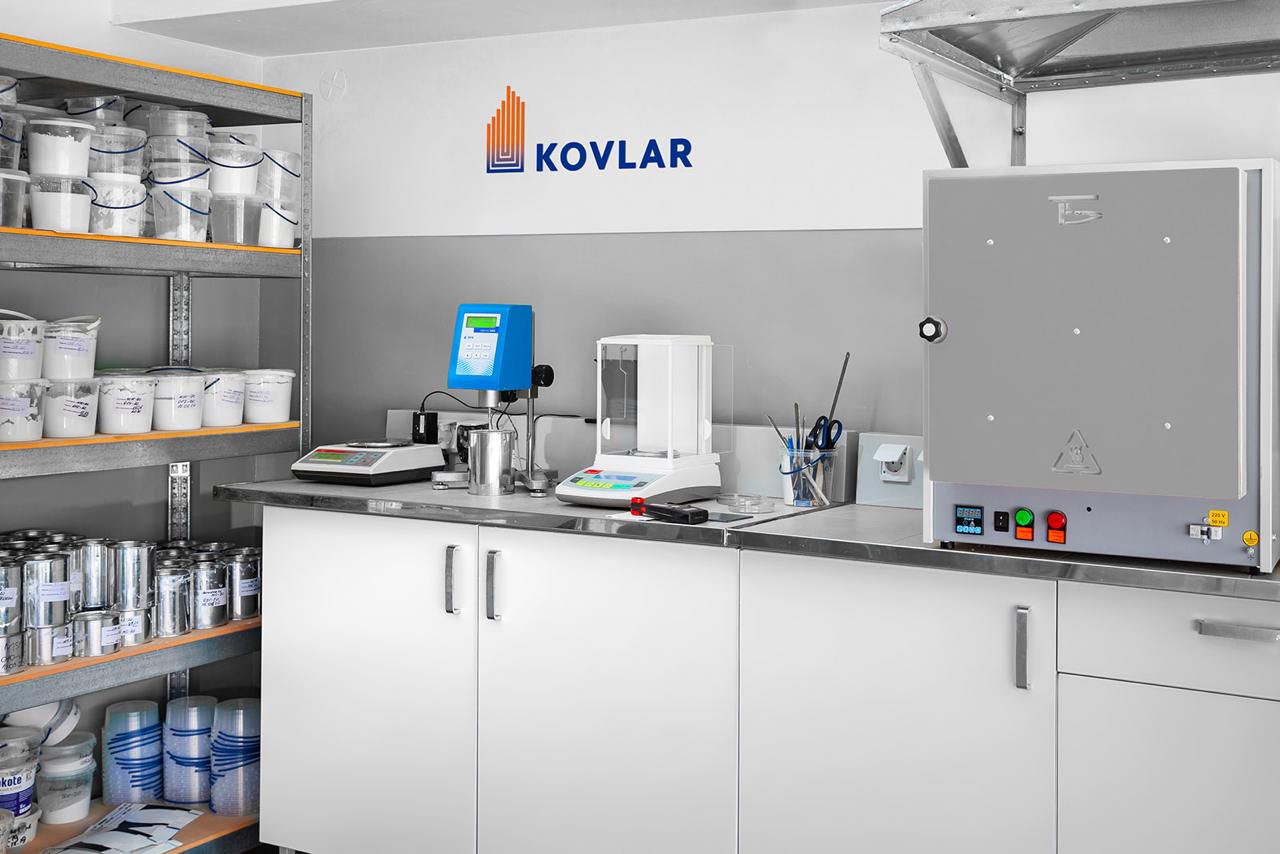
Agro-Region plans to reduce classical cultivation in its Chernihiv cluster by 60% and increase minimum cultivation by 21% in the 2025 agricultural season, the company’s press service reported on Facebook.
Cluster director Kateryna Moroz noted that the crop rotation for the season envisages a 70% increase in corn acreage, which is three times more than last year – up to 5.9 thousand hectares.
“Last year, we completed corn harvesting in October due to both a small sown area and favorable logistics conditions. This year, we will try to scale up our experience to larger volumes,” she said.
As for other crops, the cluster expanded the area under winter wheat by 16% to 4.1 thou hectares and winter rapeseed by 11% to 2.6 thou hectares.
The Executive Director of Chernihiv Cluster stated that the increase in winter crops helps the division to distribute the workload of the spring wedge of work, harvesting and storage.
“This year we are significantly reducing oilseeds: sunflower by 35% to 2.9 thou hectares and soybeans by 50% to 1.8 thou hectares,” the expert summarized.
Agro-Region owns a land bank of 39 thou hectares in Kyiv, Chernihiv, Zhytomyr and Khmelnytsky regions. It specializes in crop production. It consists of 11 companies organized into four crop production clusters. It has two elevators – Boryspil elevator with a capacity of 73 thousand tons and Miropil elevator with a capacity of 52 thousand tons.
Agro-Region’s annual harvest of grains and oilseeds is up to 200 thousand tons.
In April 2021, the Swedish company Lobiu Sala AB, owned by the former Minister of Economy of Ukraine Aivaras Abromavičius, received permission from the Antimonopoly Committee of Ukraine to purchase the Swedish Agro Region Stockholm Holding, which manages the Agro-Region group of companies in Ukraine.

The share of imported fireproofing materials decreased from 80% in 2016 to 20% in 2024, Kovlar Group CEO Kostiantyn Kalafat said in an interview withInterfax-Ukraine.
He recalled that when the company was launched in 2015, it aimed to use the experience of American builders to create an affordable domestic material for fire protection of steel structures. The company’s first product was the Ammokote GP-240 plaster mix. The company then invested in organizing its own workshop and warehouses, purchasing the necessary equipment, setting up a research laboratory, and developing and testing new fire protection materials, which currently include more than 20 items.

“The availability of high-quality Ammokote fire protection products in the country has created objective conditions for positive changes in the direction of import substitution. Since Kovlar Group entered the Ukrainian fire protection market, there has been a steady decline in the share of fire protection materials imported to Ukraine, from 80% in 2016 to 20% in 2024,” said Mr. Kalafat.
He emphasized that the company has received support and assistance from Kyiv business on its way to becoming a major player.
“We produced the first batches of fireproof plaster at Ukrvermiculite, and fireproof paints at Kompozit, a leading Ukrainian manufacturer. Our company also fruitfully cooperates with the institutes of the National Academy of Sciences of Ukraine on scientific research to develop new innovative fire protection products. On a voluntary basis, we help Ukrainian scientists in organizing pilot production and implementing scientific results,” said Kalafat.
Kovlar Group LLC was founded in 2015, its authorized capital is UAH 1.2 million, and its ultimate beneficiaries are Kostiantyn Kalafat (40%), Andriy Ozeychuk (35%), and Liubov Vakhitova (25%). According to the company’s annual reports, in the first three quarters of 2024, the company received UAH 73 million 726.4 thousand in revenue and a net profit of UAH 10 million 228.6 thousand.
The full text of the interview with Konstantin Kalafat will be published on the Interfax-Ukraine website.

Ukrainian drogerie chain EVA (Rush LLC) increased its revenue by 28.6% to UAH 27 billion in 2024, its press service reports.
According to the report, the share of own brands in the company’s sales last year amounted to 36.1%, compared to 33.9% in 2023. In addition, EVA has launched eight new private labels, bringing the total number to 65. The company plans to further develop its product portfolio: in February 2025, it will launch Bingo (pet products), followed by brands in the hair care segment.
In addition, last year, 70.4% of online checks were electronic.
It is noted that the virtual makeup service VISUAL by EVA increased its coverage by 25% (to 251 stores), and the number of sessions increased by 250% compared to 2023.
Rusch LLC, which manages the EVA chain, was founded in 2002. At the end of 2024, the chain had 1109 operating stores.
According to Opendatabot, the owner of Rush LLC is Cyprus-based Incetera Holdings Limited (100%), with Ruslan Shostak and Valeriy Kiptyk as the ultimate beneficiaries.
According to the results of three quarters of 2024, Rush’s revenue amounted to UAH 19.2 billion and net profit amounted to UAH 1.2 billion. In 2023, the company’s revenue increased by 33.7% to UAH 21 billion compared to 2022, while net profit increased by 26% to UAH 2.2 billion.

The European Commission may reconsider the regime of autonomous trade measures for Ukraine, which was introduced after the start of Russia’s full-scale aggression, extended twice for a year and now expires on June 5 this year, European Commission Vice-President Maroš Šefčovič said.
“Autonomous Trade Measures (ATMs), which provide for traditional liberalization, will remain in force until June 5. I would like to assure you that after the end of the ATC, we are fully committed to ensuring a smooth transition and rapid implementation of mutual liberalization of trade in agri-food products,” he said at a joint meeting of the Ukrainian government and the European Commission on Monday.
“As you know, this will be a very delicate task for us, given the sensitivity of some products for the markets of our member states and, of course, the concerns of our farmers,” added Šefčovič, who in the new EC composition oversees the direction of trade.
As reported, the EU Council on April 8 approved a decision to extend the suspension of import duties and quotas on Ukrainian exports to the EU until June 5, 2025. At the same time, the EU strengthened the protection of sensitive agricultural products of member states, obliging the European Commission to impose tariff quotas on poultry meat, eggs, sugar, oats, corn, cereals and honey from Ukraine, in case of exceeding the arithmetic average of the volumes imported in the second half of 2021, 2022 and 2023.

The Food and Agriculture Organization of the United Nations (FAO) has supported more than 200,000 rural families and more than 15,000 farmers and agricultural enterprises over the three years of full-scale war, providing seeds, grants, generators, financial assistance and other critical resources to help them maintain production, adapt to new realities and continue to work despite all the challenges, FAO said.
“Ukraine is an agrarian country, but today farmers and rural residents are forced to fight not only for their harvests, but also for their own survival. The war has destroyed infrastructure and complicated access to fertilizers, machinery, and markets. Almost 60% of households say that their main need is to restore their livelihoods,” FAO emphasized on the third anniversary of Russia’s full-scale invasion of Ukraine.
FAO said that in 2025 it intends to support 406,900 people to meet these challenges, including providing seeds to farm families, helping to restore irrigation systems and grain storage facilities, providing livestock with fodder and covering urgent food needs. To implement this support, FAO needs $53 million.
“Ukraine’s agricultural sector is not only a matter of food security within the country, but also a key factor in global stability. But above all, it is people. Rural families who work hard every day to provide themselves with food, take care of their livestock and maintain their farms even in the most difficult conditions. By supporting them, we are not just helping them to restore their livelihoods – we are saving lives and giving them the opportunity to build a future,” FAO summarized and assured that they would continue to work in Ukraine.

Imports of transformers, inductors and chokes to Ukraine in January 2025 increased almost sixfold compared to the same month in 2024 to $127.9 million, according to statistics from the State Customs Service (SCS).
According to the statistics, in January this year, these products were mainly imported from China – for $116.07 million (90.75% of total imports of these goods), while a year earlier, transformers and chokes were imported from this country for $12.9 million (59.7%). That is, their imports increased almost ninefold last month.
They were also imported from Turkey (by $4.5 million) and the United States (by $1.75 million).
In January 2024, the Czech Republic ($1.9 million) and Italy (almost $1 million) were among the largest importing countries, in addition to China.
At the same time, Ukraine exported transformers, inductors, and chokes worth $2.05 million in January 2025, compared to $1.24 million in January 2024, mainly to Hungary, Germany, and Azerbaijan.
According to the State Customs Service, imports of transformers, inductors and chokes to Ukraine more than doubled in 2024 compared to 2023, to $596.11 million, while China imported 2.5 times more of them, by $400.48 million.